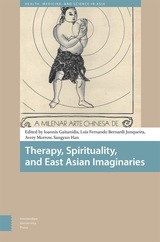12 start with M start with M
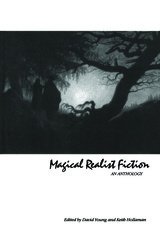

This study of the Japanese imperial court in the early thirteenth century focuses on the compilation of one of Japan’s most important poetry collections, Shinkokinshū. Using personal diaries, court records, poetry texts, and literary treatises, Robert N. Huey reconstructs the process by which Retired Emperor Go-Toba brought together contending factions to produce this collection and laid the groundwork for his later attempt at imperial restoration. The work analyzes how poetic discourse of the imperial court animated both other kinds of writing and other activities. Finally, it underscores the inextricable ties between the writing of poetry and court politics.
Shinkokinshū—the “New Kokinshu”—has been viewed as a neo-classical effort. Reading history backward, scholars have often taken the work to be the outgrowth of a nostalgia for greatness presumed to have been lost in the wars of the origins of the collection. The author argues that the compilers of Shinkokinshū instead saw it as a “new” beginning, a revitalization and affirmation of courtly traditions, and not a reaction to loss. It is a dynamic collection, full of innovative, challenging poetry—not an elegy for a lost age.
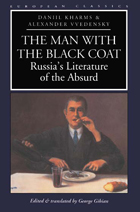
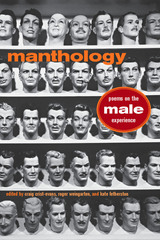
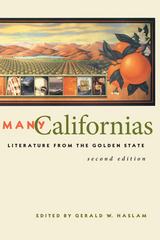

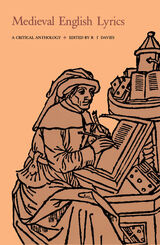
All too often, this great body of poetry is represented in anthologies by a scattering of all-too-well-known poems, or by one or two unfamiliar ones for which there are often inadequate linguistic and critical notes. R.T. Davis, Lecturer in English Literature at the University of Liverpool, has incorporated extensive linguistic and critical notes on the lyrics in this collection, and even the student without experience with Middle English will be able to read and appreciate the works. In addition to being the first critical anthology of medieval English lyrics ever published, it is a revealing portrait of a people far removed from us in time, but very much like ourselves.
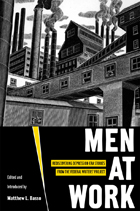
As part of Roosevelt’s New Deal program of the 1930s, the Works Progress Administration (WPA) provided relief jobs to millions of Americans. One facet of the WPA was the hiring of men and women to document the history and folklore of America so as to capture the “soul” of the nation. While researching at the Montana Historical Society Research Center more than a decade ago, historian Matthew Basso stumbled upon copies of six stories that had been submitted for inclusion in a volume titled Men at Work.They arrived too late to be considered. Federal Writers’ Project (FWP) staff had already chosen thirty-four stories from submissions across the country and the volume was nearing publication. In the end, however, that publication was waylaid by the eruption of World War II and the manuscript was forgotten. Now, Basso is bringing these rediscovered stories to their intended audience—the American people.
Works of fiction that have a creative nonfiction feel, these narratives stem from direct observation of or participation in the work described and offer portraits of Americans from diverse ethnic backgrounds who labored in jobs as varied as logging, mining, fruit packing, and rodeo riding. The writers, directed by editor Harold Rosenberg, also represent a variety of backgrounds and experience. Some, like Jack Conroy, Jim Thompson, and Chester Himes, became strong voices in the literary world. The vivid accounts in Men at Work illuminate the meaning of work during a time when jobs were scarce and manual labor highly valued. With our country once again in financial crisis and workers facing an anemic job market, today’s readers will find these stories especially poignant.

A miscellany of mostly imperial verse.
This two-volume anthology covers a period of four and a half centuries, beginning with the work of the mime-writer Publilius Syrus who flourished ca. 45 BC and ending with the graphic and charming poem of Rutilius Namatianus recording a sea voyage from Rome to Gaul in AD 416. A wide variety of theme gives interest to the poems: hunting in a poem of Grattius; an inquiry into the causes of volcanic activity by the author of Aetna; pastoral poems by Calpurnius Siculus and by Nemesianus; fables by Avianus; a collection of Dicta, moral sayings, as if by the elder Cato; eulogy in Laus Pisonis; and the legend of the Phoenix, a poem of the fourth century. Other poets complete the work.

A miscellany of mostly imperial verse.
This two-volume anthology covers a period of four and a half centuries, beginning with the work of the mime-writer Publilius Syrus who flourished ca. 45 BC and ending with the graphic and charming poem of Rutilius Namatianus recording a sea voyage from Rome to Gaul in AD 416. A wide variety of theme gives interest to the poems: hunting in a poem of Grattius; an inquiry into the causes of volcanic activity by the author of Aetna; pastoral poems by Calpurnius Siculus and by Nemesianus; fables by Avianus; a collection of Dicta, moral sayings, as if by the elder Cato; eulogy in Laus Pisonis; and the legend of the Phoenix, a poem of the fourth century. Other poets complete the work.
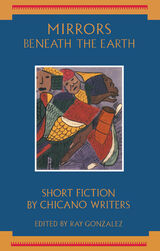
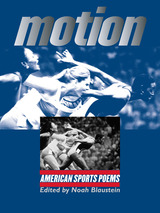
Sports have long served as inspiration for poetry-the ancient Greeks wrote odes in praise of their athletes-so it is little surprise that in a culture as obsessed with athletes as our own sports would exert an influence on contemporary poets. Motion: American Sports Poems rescues sports from our society's focus on superstars, multimillion-dollar contracts, and gold medals to capture champions and losers, competitors and spectators in moments that are anything but fleeting.
As Noah Blaustein points out in his preface, among the many parallels made between sports and poetry is the idea of transcendence. Forged from the most basic elements of sport-energy, movement, and rhythm-the poems in this anthology reflect something universal: sport as metaphor, sport as struggle, sport as the battleground for mythic figures and local heroes.
The often celebrated sports-baseball, boxing, football, and basketball-are here along with unexpected pastimes like surfing, skateboarding, tennis, soccer, karate, rock climbing, bowling, and curling. Young and old, black and white, male and female, the poets in this anthology celebrate everyone who has come together in the shimmy and shake and sweat of sport.
READERS
Browse our collection.
PUBLISHERS
See BiblioVault's publisher services.
STUDENT SERVICES
Files for college accessibility offices.
UChicago Accessibility Resources
home | accessibility | search | about | contact us
BiblioVault ® 2001 - 2025
The University of Chicago Press



